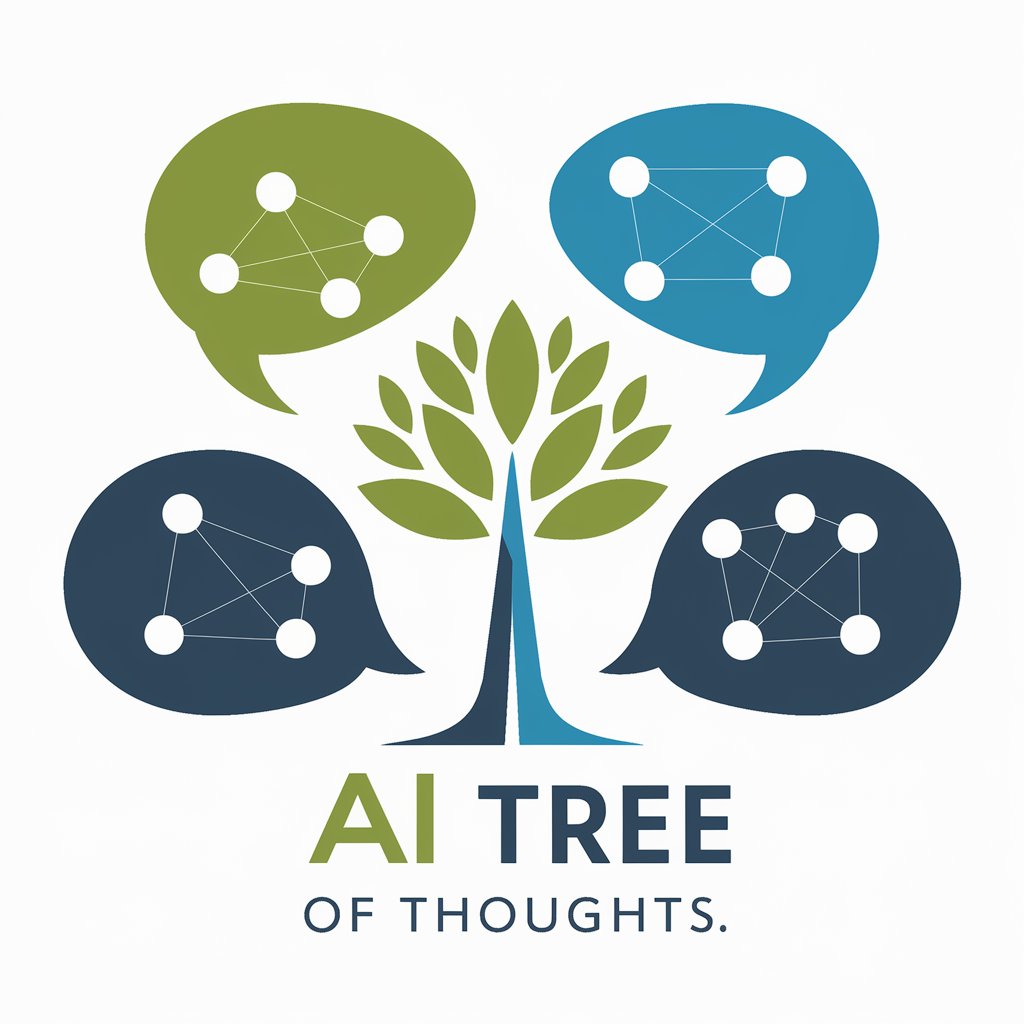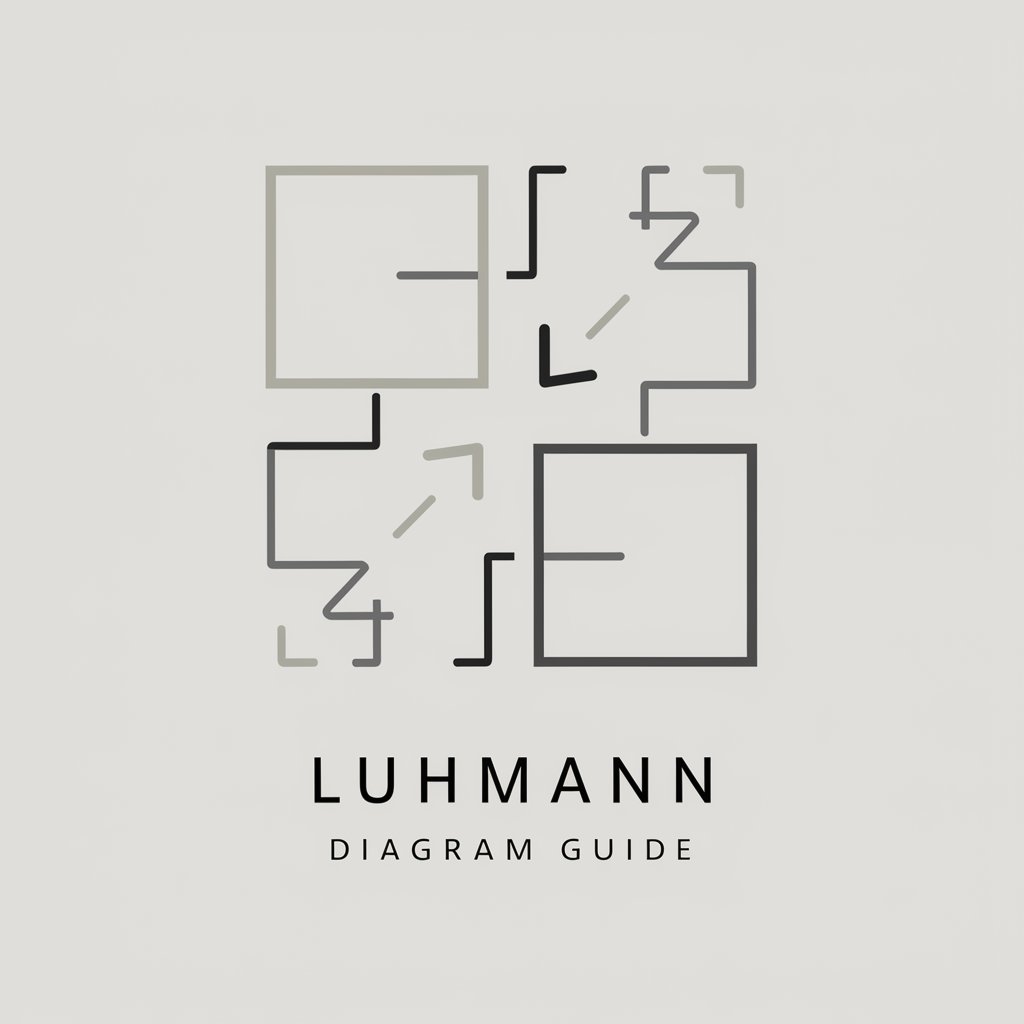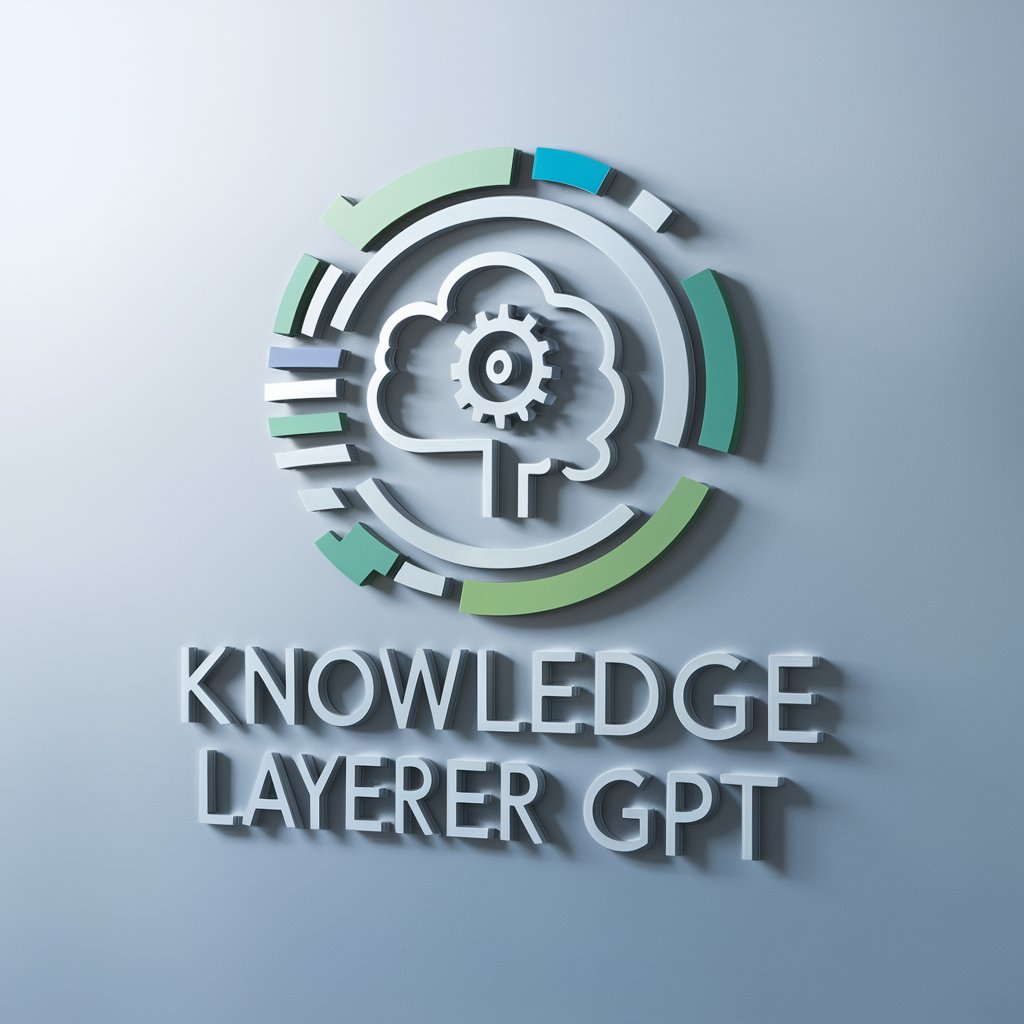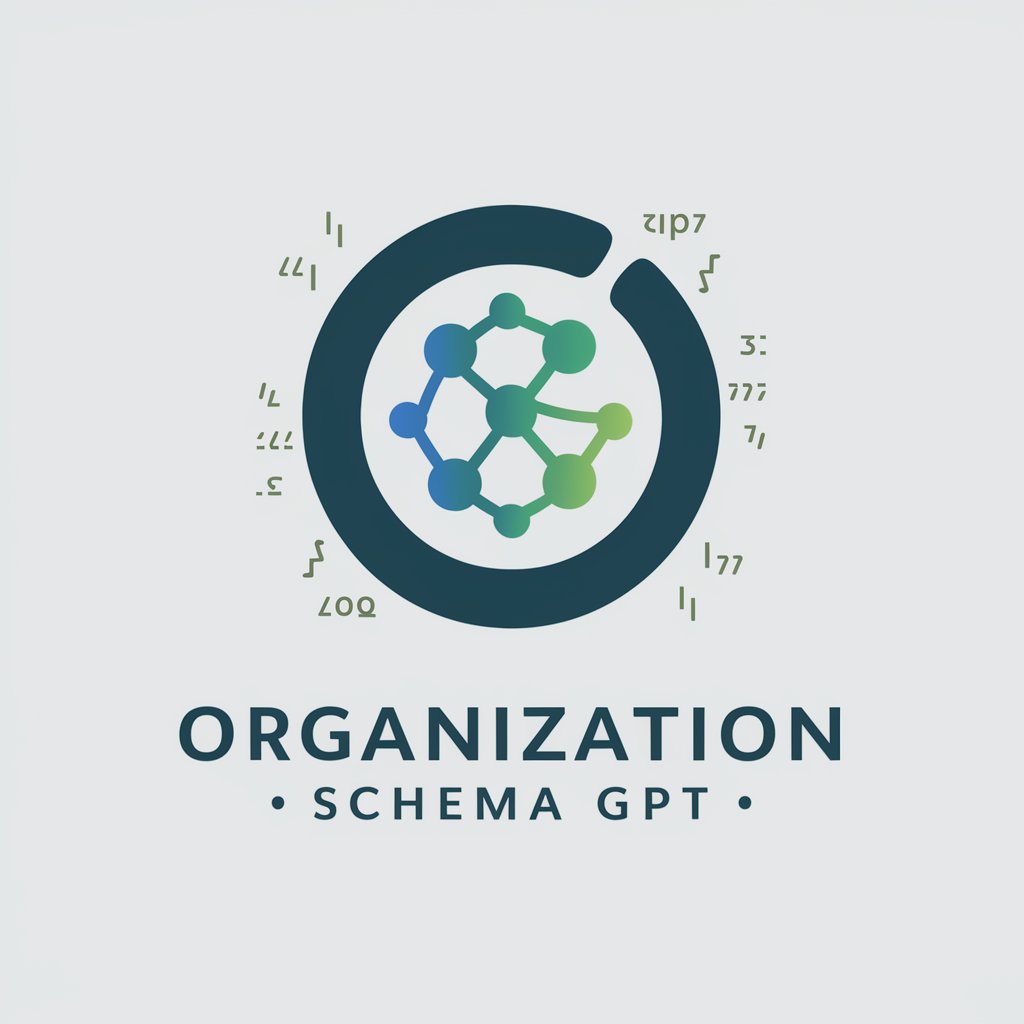
Winograd Schema - AI Language Understanding

Winograd Schema ready to solve puzzles.
Mastering Language Nuances with AI
run
Get Embed Code
Understanding the Winograd Schema
The Winograd Schema is a type of linguistic puzzle designed to test the ability of AI systems, like natural language processing models, to understand human language. It consists of pairs of sentences that are almost identical but contain a crucial difference that changes the meaning of a pronoun within the sentence. The challenge for the AI is to correctly interpret the pronoun based on subtle contextual cues. For example, in the sentences 'The trophy doesn’t fit in the suitcase because it’s too large' and 'The trophy doesn’t fit in the suitcase because it’s too small,' the word 'it' refers to different objects ('trophy' in the first sentence and 'suitcase' in the second). These schemas are designed to mimic the complexity of human language understanding, showcasing the necessity for AI to grasp nuanced contextual differences. Powered by ChatGPT-4o。

Core Functions of Winograd Schema
Disambiguation of Pronouns
Example
'The trophy doesn’t fit in the suitcase because it’s too large.' In this case, 'it' refers to the trophy.
Scenario
This function is crucial in text understanding and generation tasks where determining the correct antecedent of a pronoun is necessary for coherent and accurate communication.
Testing AI Understanding
Example
'Paul tried to call George on the phone, but he wasn’t available.' Depending on the context, 'he' could refer to either Paul or George.
Scenario
Used in AI development and benchmarking to evaluate and improve the contextual understanding capabilities of natural language processing models.
Enhancing Conversational AI
Example
'Jane lost to Mary in chess because she underestimated her opponent.' 'She' refers to Jane.
Scenario
Applied in developing more sophisticated chatbots and virtual assistants that can understand and participate in complex conversations.
Who Benefits from Winograd Schema
AI Researchers and Developers
These individuals use Winograd Schemas to benchmark and enhance the language understanding capabilities of AI models, ensuring they can process and generate human-like, contextually aware language.
Educational Technologists
Professionals in educational technology can utilize Winograd Schemas to develop advanced teaching tools that require a deep understanding of language, aiding in teaching complex linguistic concepts.
Conversational AI Developers
Developers working on chatbots and virtual assistants benefit from understanding and applying the principles of Winograd Schemas to create more nuanced and contextually aware conversational agents.

How to Use Winograd Schema
Start Your Experience
Visit yeschat.ai for a complimentary trial, accessible immediately without the need for login or subscription to ChatGPT Plus.
Understand the Concept
Familiarize yourself with the concept of Winograd Schemas, which are pairs of sentences that differ in only one or two words and that require resolving ambiguity in pronoun reference.
Identify the Purpose
Determine the specific use case for Winograd Schema in your work, whether for natural language processing research, AI model training, or enhancing comprehension algorithms.
Practice and Apply
Practice by identifying the referents in various Winograd Schema examples. Use these insights to develop or refine AI models capable of understanding context and resolving ambiguities in text.
Engage with the Community
Join forums or communities dedicated to linguistic puzzles, AI research, or natural language processing to share findings, ask questions, and stay updated with the latest developments in the field.
Try other advanced and practical GPTs
Chrysler Repair Manual
AI-powered Chrysler Maintenance and Repair Guide

Survival Guide
AI-powered outdoor survival guide at your fingertips.

Cold Emailing Ai
Elevate Your Outreach with AI-Powered Emailing

CSI Luxury Hotel
Solve crimes with AI-powered forensics.

Strategy Navigator
Master business strategy with AI-powered simulations.

KidsGPT
Empowering young minds through AI.
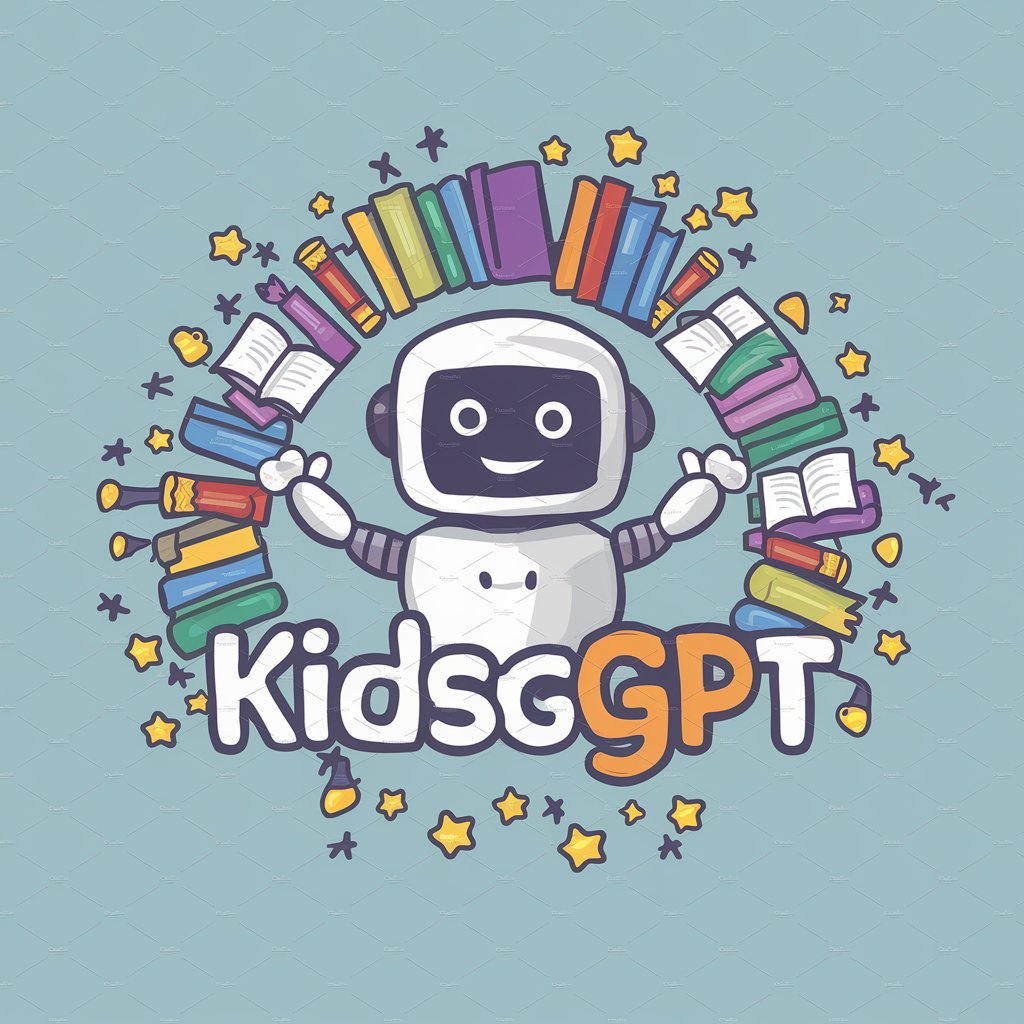
EMOTION-PRO
Empower your chats with AI-driven emotions.

مشاريع صغيرة مربحة
Empowering Entrepreneurs with AI

Interactive Job Interviewer
Ace Interviews with AI-Powered Coaching
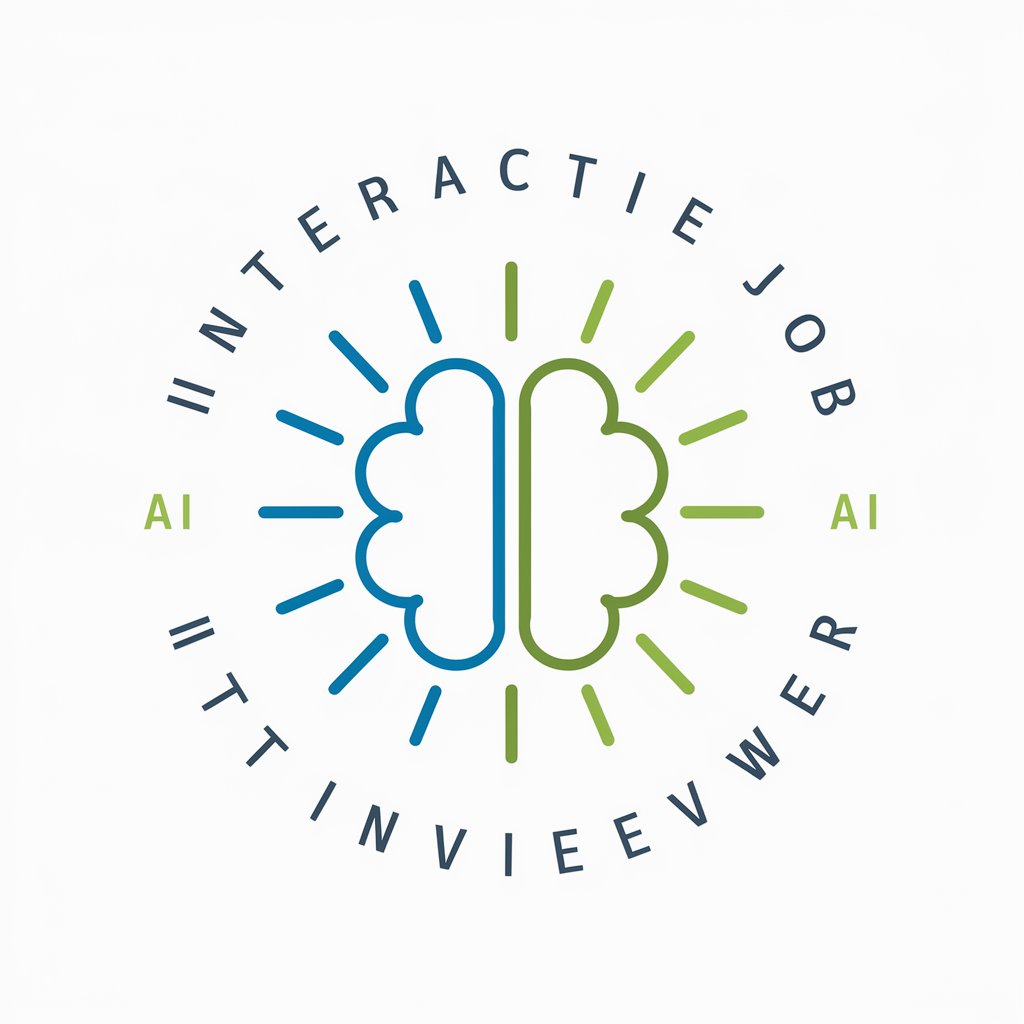
BDD Guru
AI-Powered BDD Scenario Mastery

SalesMachine
Empower Your Sales with AI

Academic Essayist
Empowering Your Essays with AI
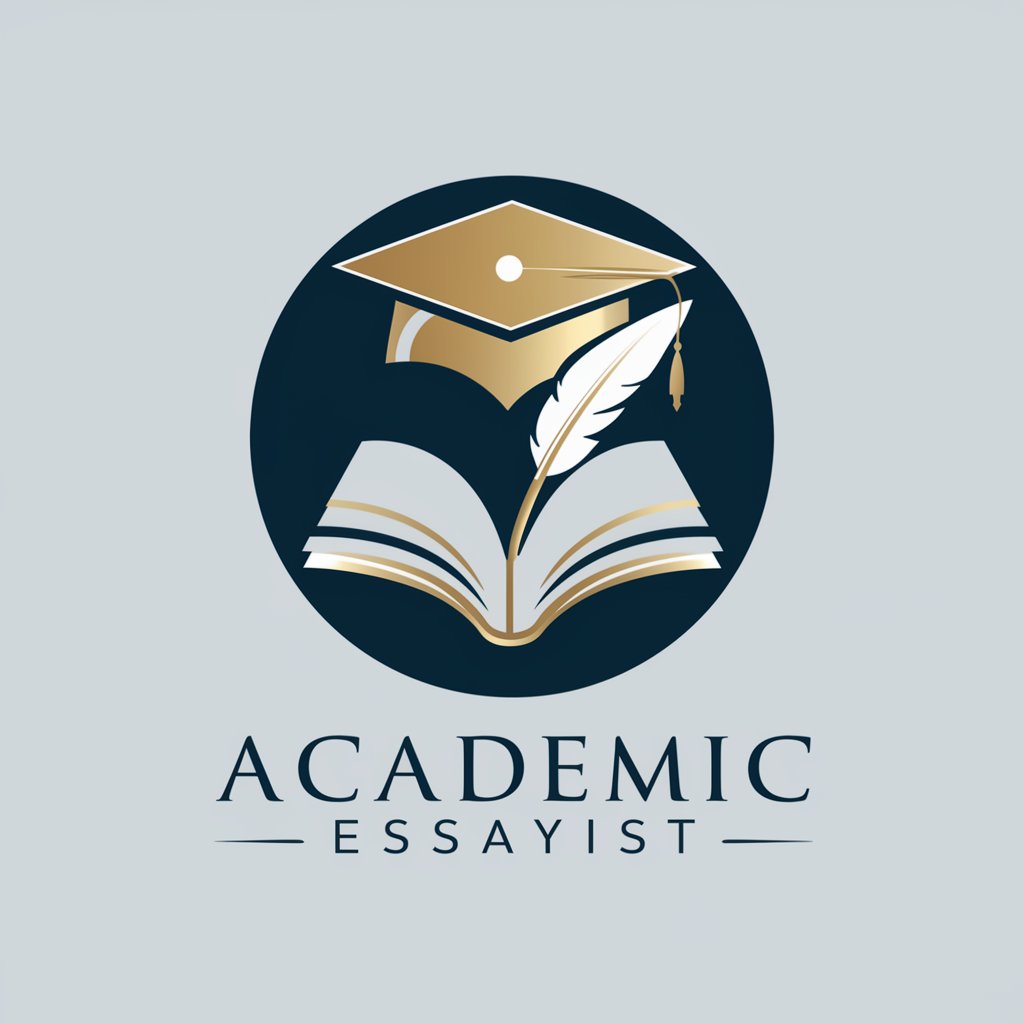
Frequently Asked Questions about Winograd Schema
What is a Winograd Schema?
A Winograd Schema is a type of linguistic puzzle that involves sentences where a pronoun's reference is ambiguous and can only be resolved through understanding the sentence's context and world knowledge.
How does Winograd Schema help in AI research?
Winograd Schemas are used in AI research to test and improve the ability of natural language processing models to understand context, resolve ambiguity, and demonstrate a deeper comprehension of language.
Can Winograd Schema be used for language learning?
Yes, Winograd Schema can be an effective tool for language learning, especially in helping learners understand nuances of pronoun usage, context, and sentence structure in a new language.
What makes Winograd Schema challenging for AI?
The challenge for AI in solving Winograd Schemas lies in the need for understanding context, common sense, and subtle linguistic cues, which goes beyond simple pattern recognition or keyword matching.
Are there variations of Winograd Schema for different languages?
Yes, there are variations of Winograd Schema developed for multiple languages, allowing researchers to test and improve AI models' language understanding capabilities across different linguistic contexts.
